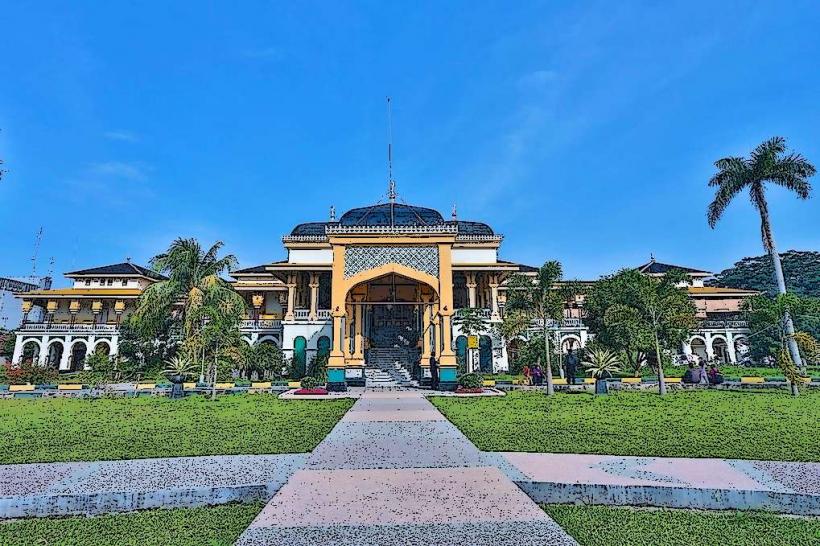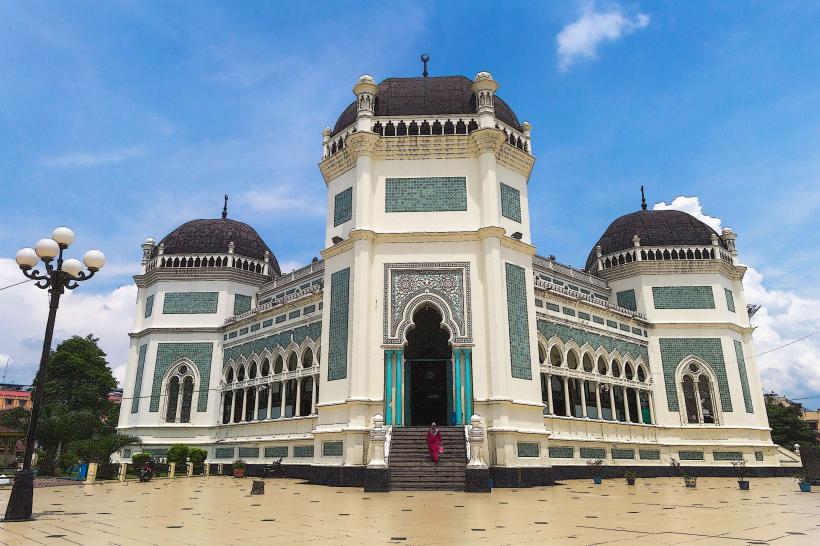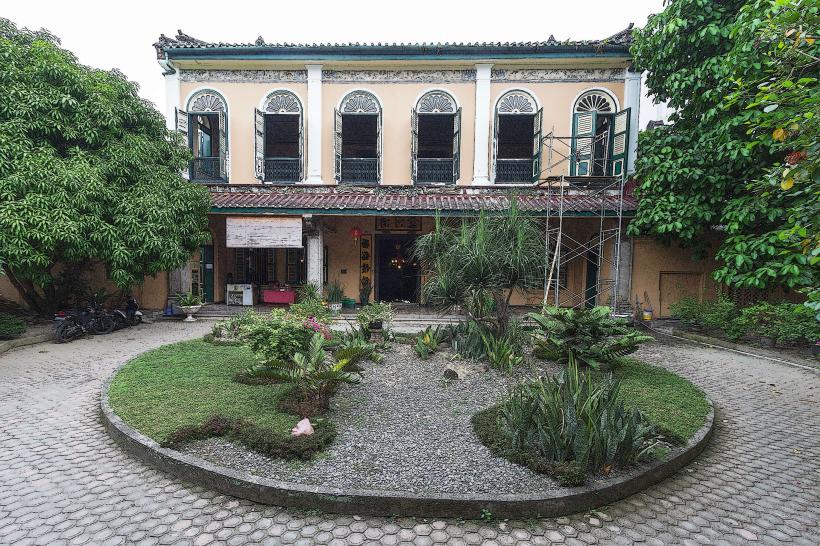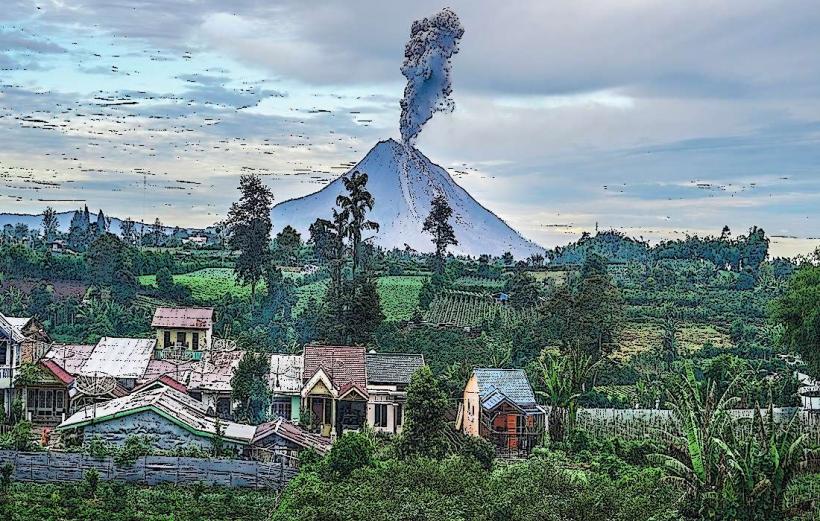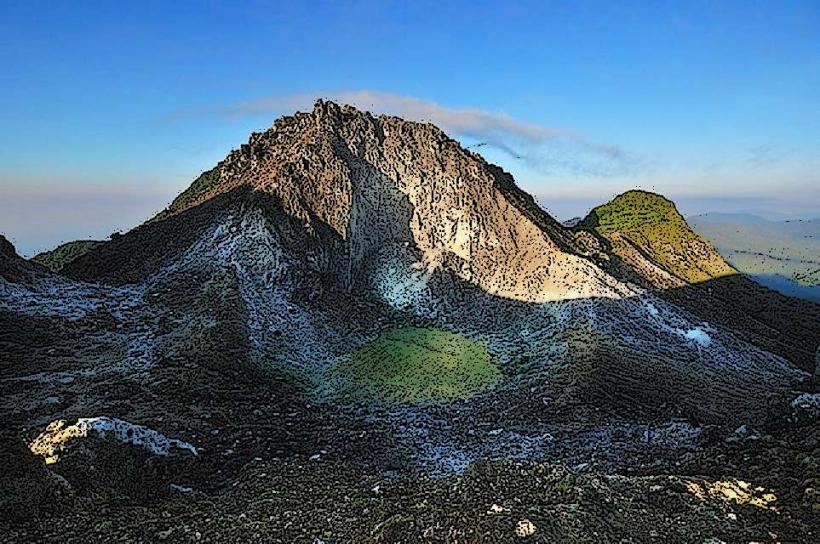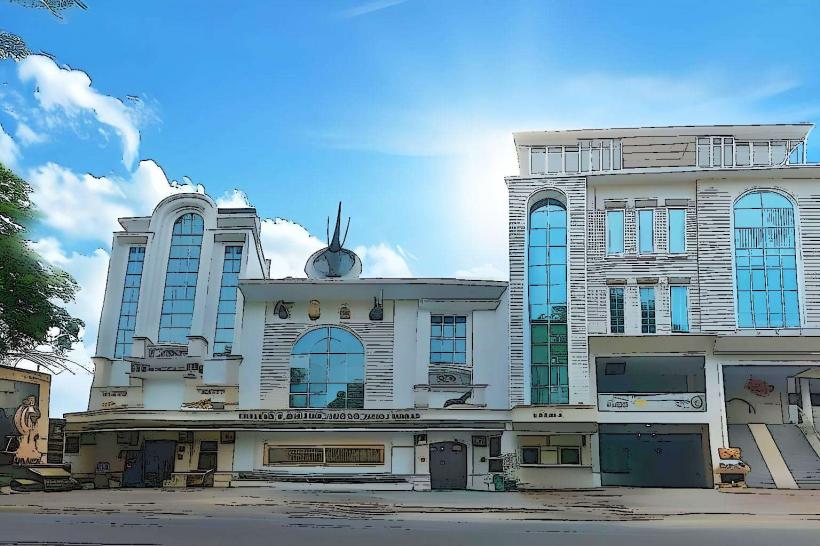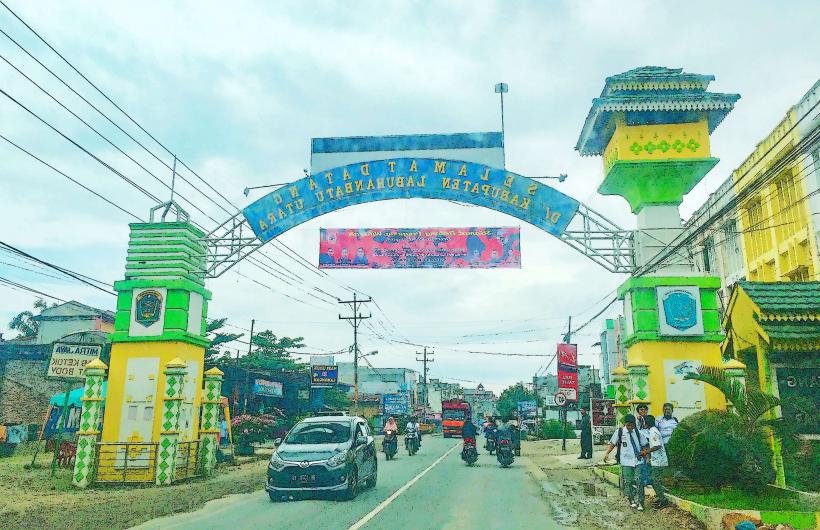Information
Landmark: Vihara Gunung TimurCity: Medan
Country: Indonesia
Continent: Asia
Vihara Gunung Timur, also known as the Mountain East Buddhist Temple, is a significant Buddhist temple located in the city of Singkawang, West Kalimantan, Indonesia. This temple is part of the Taoist-Buddhist heritage of the region, deeply rooted in the local Chinese Indonesian community. It is known for its majestic architecture, cultural significance, and religious importance to the surrounding communities.
Here are some key details about Vihara Gunung Timur:
1. Historical Background
- The temple was founded in 1975 and has since become one of the most well-known Buddhist temples in the region.
- It was established to serve the spiritual needs of the local Chinese Buddhist population, offering a place for worship, meditation, and religious gatherings.
- Over time, it has grown in stature and significance, not just locally, but also as a prominent religious and cultural landmark for visitors to West Kalimantan.
2. Architecture
- The architecture of Vihara Gunung Timur is a blend of Chinese traditional and Buddhist design, incorporating elements such as large statues, intricate carvings, and colorful decorations.
- A highlight of the temple is the giant statue of the Buddha, which stands as a focal point in the temple's main hall.
- The temple is surrounded by beautiful gardens, offering a serene and peaceful environment for visitors and devotees alike.
- The temple also features various structures dedicated to different deities, showcasing the diversity of religious practices within the community.
3. Cultural Significance
- Vihara Gunung Timur is not just a religious site but also an important cultural center for the local Chinese Indonesian community.
- It plays a key role in various traditional celebrations and festivals, particularly the Chinese New Year and the Cap Go Meh Festival, which marks the 15th day of the lunar new year and is celebrated with great fervor at the temple.
- During these festivals, the temple hosts various cultural performances, processions, and rituals, attracting many pilgrims and visitors from around the region.
4. Religious Practices
- The temple is primarily a site for Buddhist worship, with practices rooted in Mahayana Buddhism. However, there are also elements of Taoism and Confucianism blended into the temple's religious activities.
- Visitors can participate in prayers, offerings, and meditations aimed at seeking blessings, guidance, and spiritual enlightenment.
- The temple is open to tourists and pilgrims, welcoming those interested in learning about the region’s religious and cultural traditions.
5. Tourism and Accessibility
- The temple is a popular tourist destination, not only for its religious significance but also for its natural surroundings and cultural heritage.
- Its location on the slopes of Mount Singkawang provides breathtaking views, adding to the temple’s appeal.
- Visitors can hike up to the temple and enjoy the tranquil environment, making it a popular spot for those looking for spiritual reflection and scenic beauty.
6. Conservation and Preservation Efforts
- In recent years, there have been efforts to preserve the temple’s historical and architectural value, ensuring it remains a cultural landmark for future generations.
- The community and local authorities continue to maintain the temple's surroundings, including its gardens and religious structures.
Overall, Vihara Gunung Timur stands as a testament to the rich religious and cultural diversity of Indonesia, blending Buddhism with local Chinese traditions, and offering a place of peace, worship, and community for both locals and tourists alike.

